Nội Dung Chính
(Page 108)
👉COMMUNICATION
Everyday English
Persuading someone to do something and responding
1. Listen and read the conversations. Pay attention to the highlighted parts. 🎧
Mi: Have you read this book about the Solar System?
Tom: Not yet. I don't feel like reading it.
Mi: Why don't you give it a go? You will like it.
Tom: OK, I'll think about that.
Lan: How would you feel about contributing to the fund to protect our wildlife?
Local resident: Contribute to a fund?
Lan: Yes, your contribution would really help us out.
Local resident: Alright. I'll make a contribution.
2. Work in pairs. Make similar conversations with the following situations.
1. You persuade your friend to watch a movie about planet Earth.
2. You persuade local people to contribute to a fund to build a nature reserve.
Earth's habitats
3. Read the short descriptions of various habitats and match them with their features.
Polar habitats include the North Pole and the South Pole. These habitats are covered in ice and extremely cold and dry. Animals here include small fish, polar bears, penguins, leopard seals, etc.
(Page 109)
Forest habitats include tropical forests, temperate forests, and boreal forests. They are considered the Earth's lungs because they produce oxygen. They also provide homes to bats, owls, deer, squirrels, foxes, lizards, etc.
Ocean habitats include the Pacific, Atlantic, Indian, Southern, and Arctic Oceans. They produce more than 50 per cent of Earth's oxygen and help adjust the climate. They provide living places for plants like sea grasses, microscopic algae, and fish, etc.
Grasslands include tropical and temperate ones. The main plants are grasses. They are crucial for grazing livestock. Grassland animals include giraffes, zebras, lions, elephants, etc.
| 1. Polar regions | a. two main types and are crucial for livestock grazing |
| 2. Forests | b. largest, produce oxygen and adjust the climate |
| 3. Oceans | c. extremely cold, dry, covered in snow and ice |
| 4. Grasslands | d. the lungs of Earth, home to many species |
4. Work in pairs. Choose two habitats and compare them.
You can refer to the following:
- their specific types / examples
- their importance
- plants / animals living there
- other special features
5. Report the results of your comparison to the class.
Example:
While oceans are water bodies, forests are landform habitats. Both oceans and forests provide oxygen to Earth.
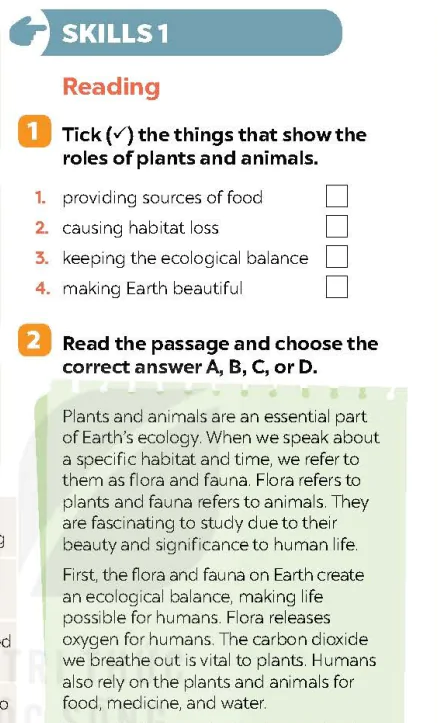
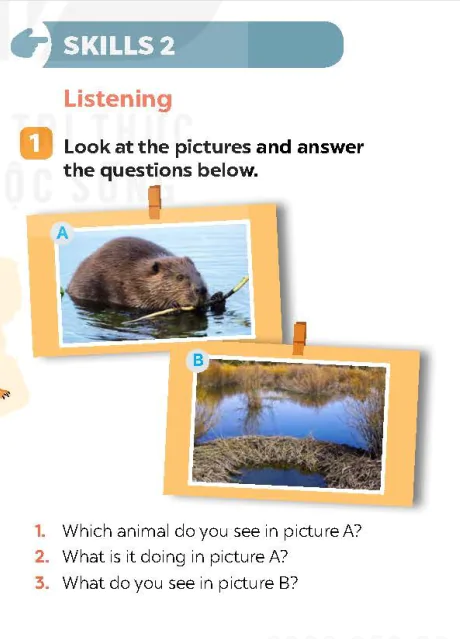
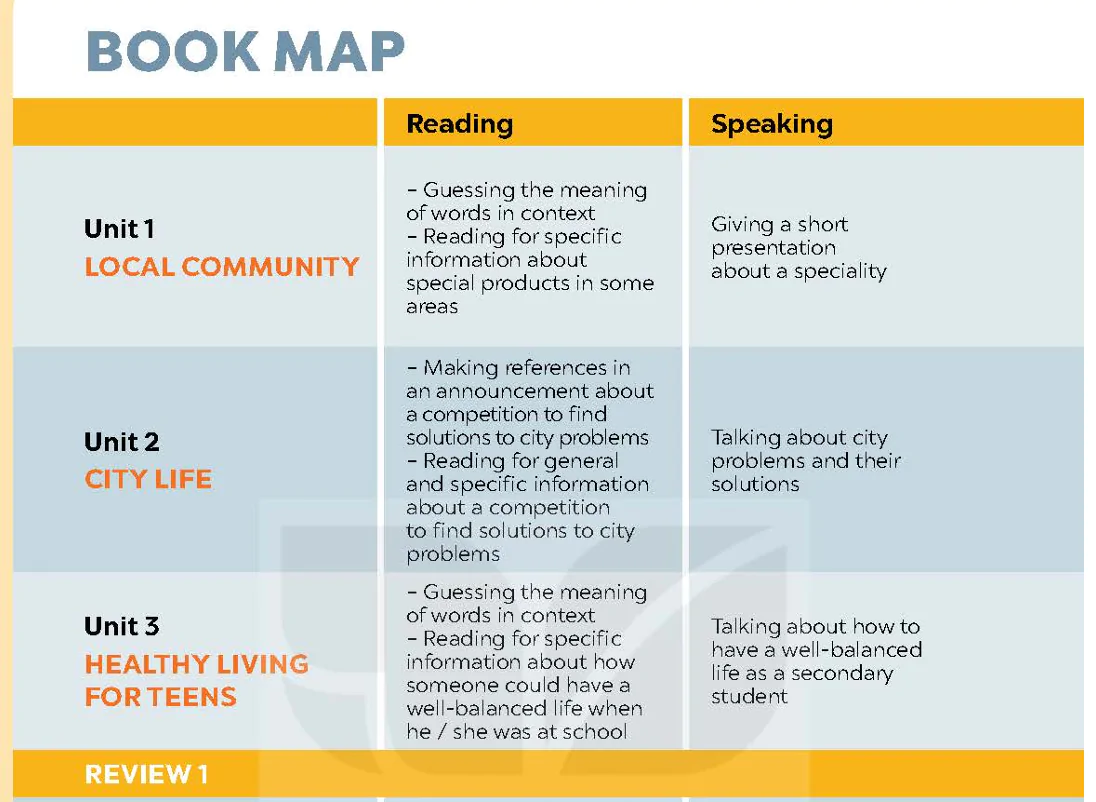
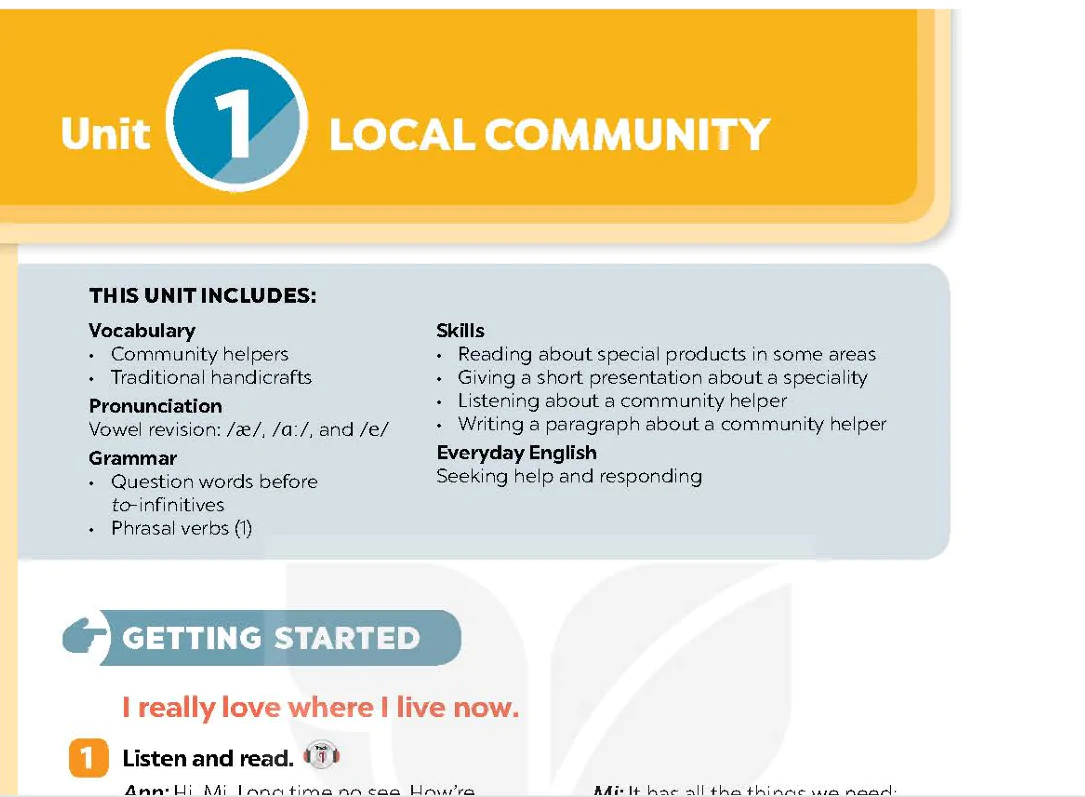
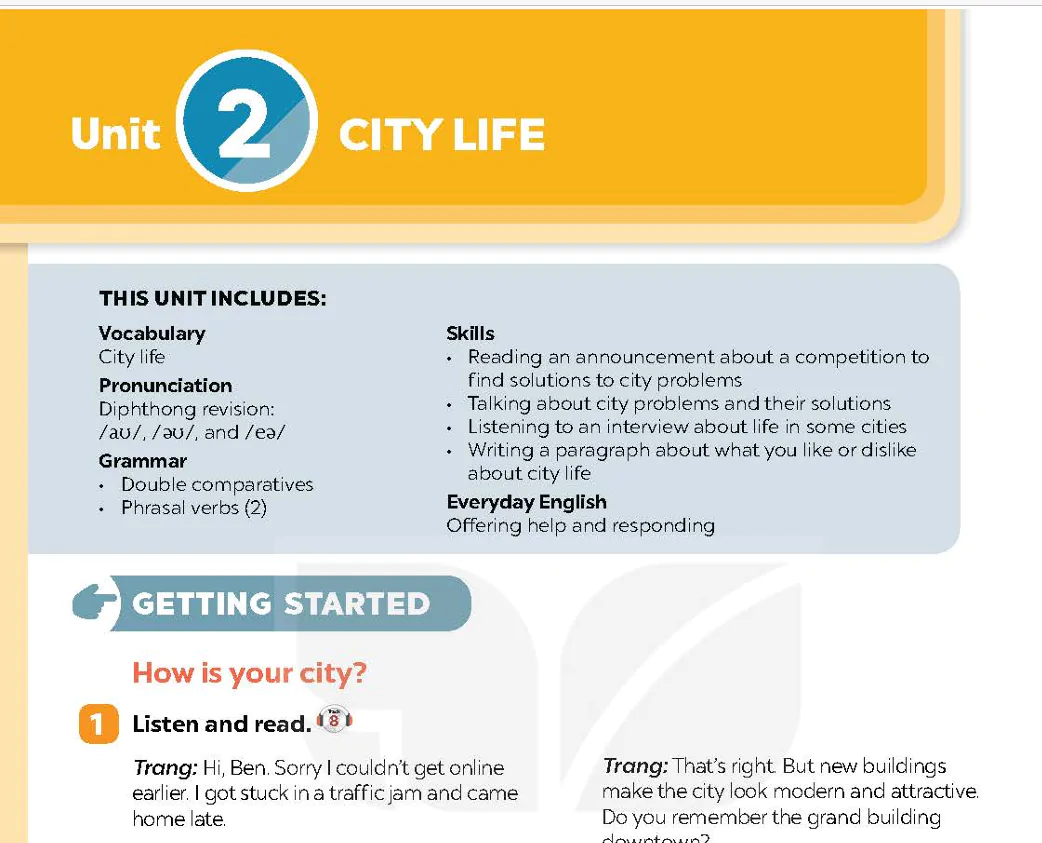

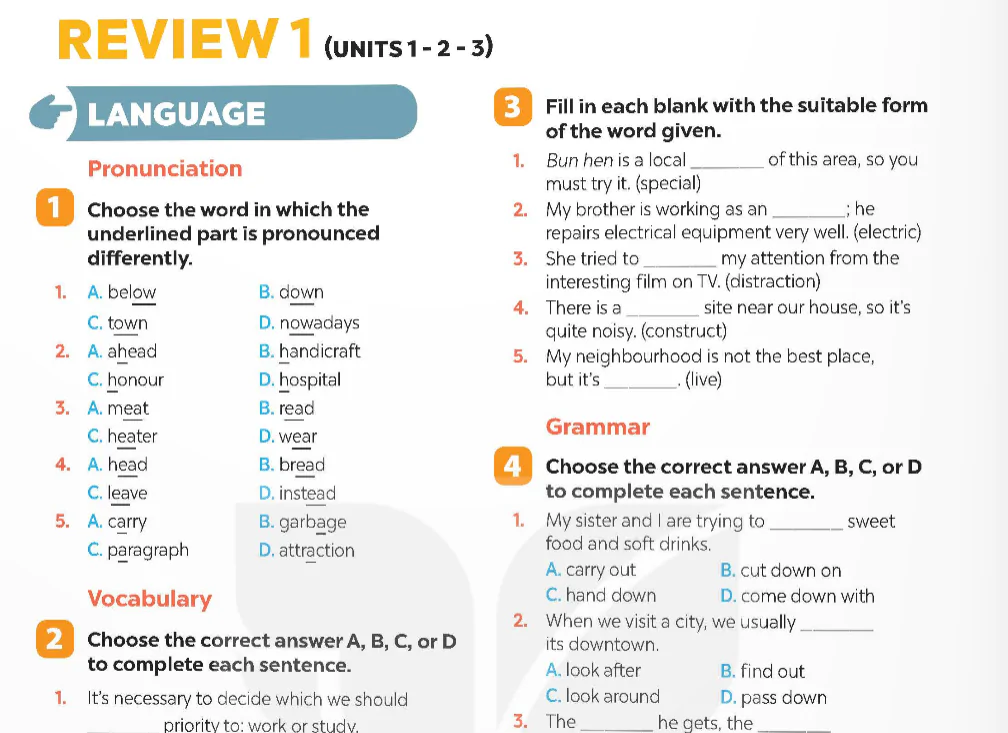

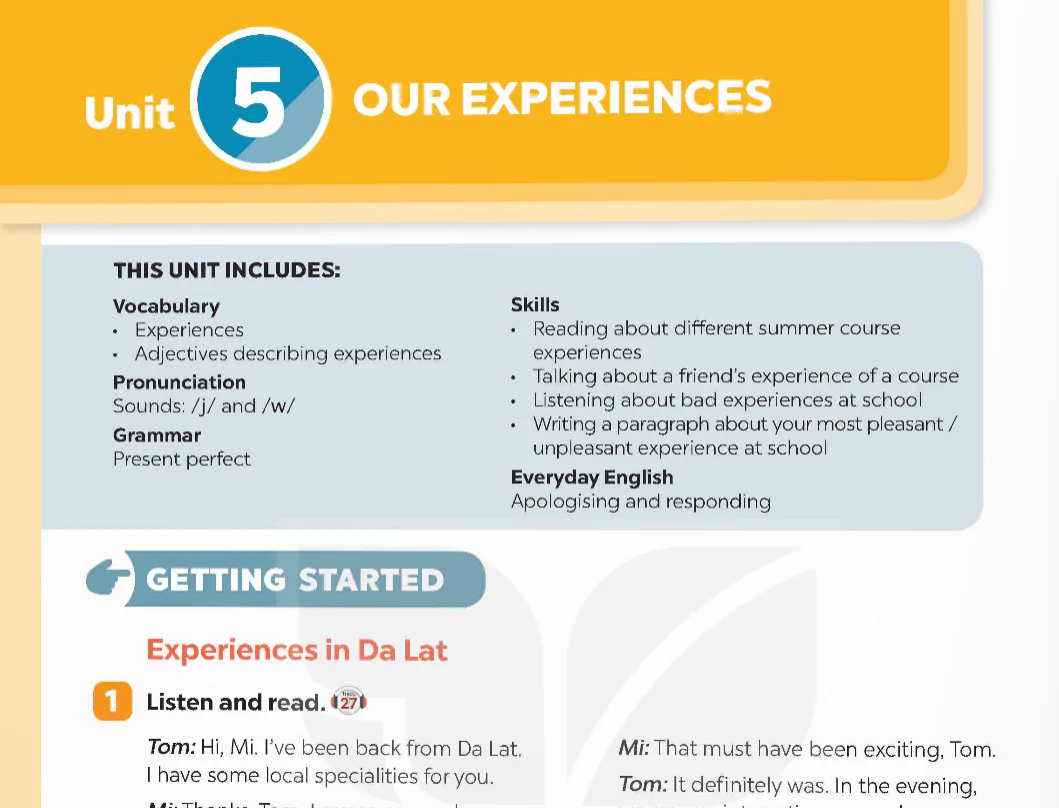

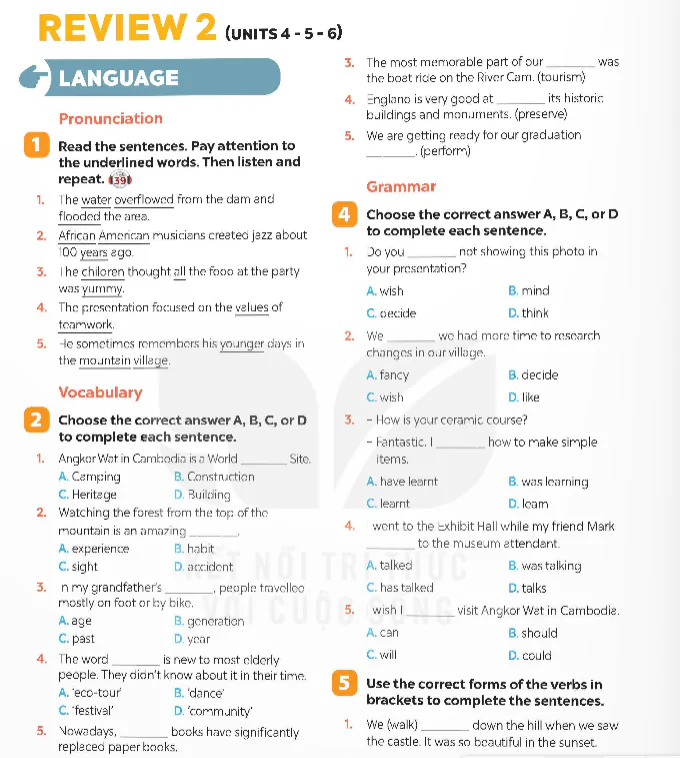
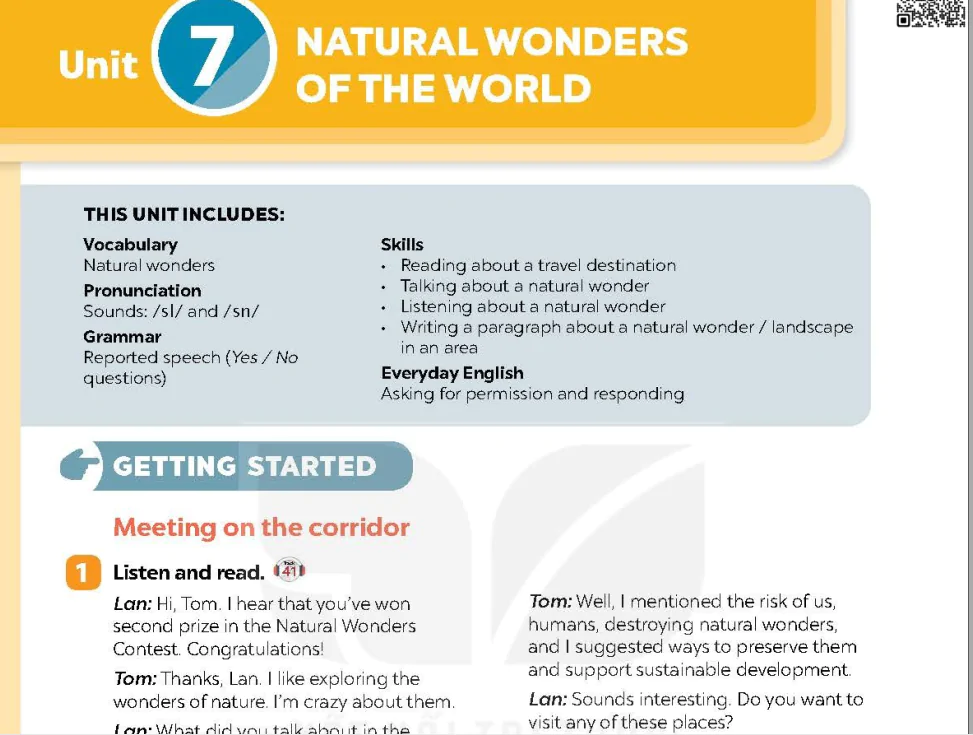
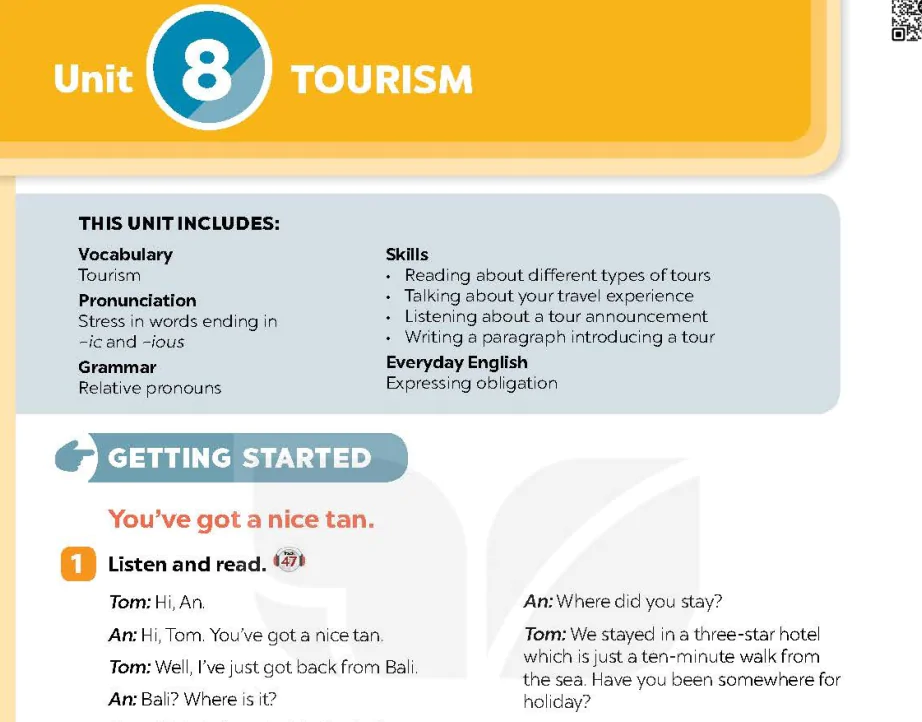
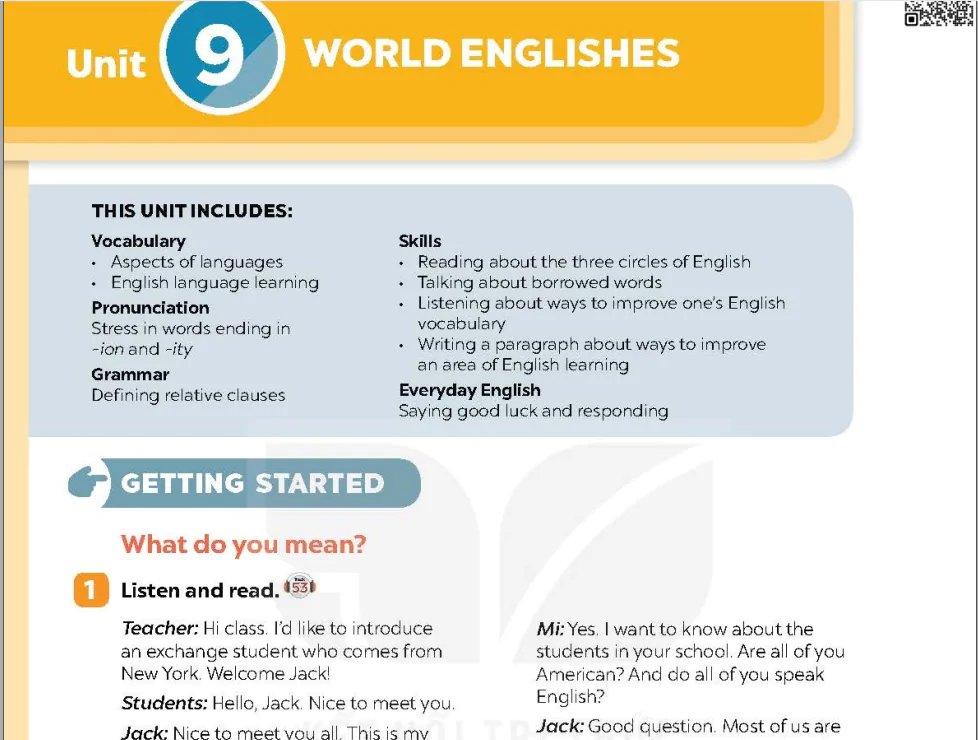
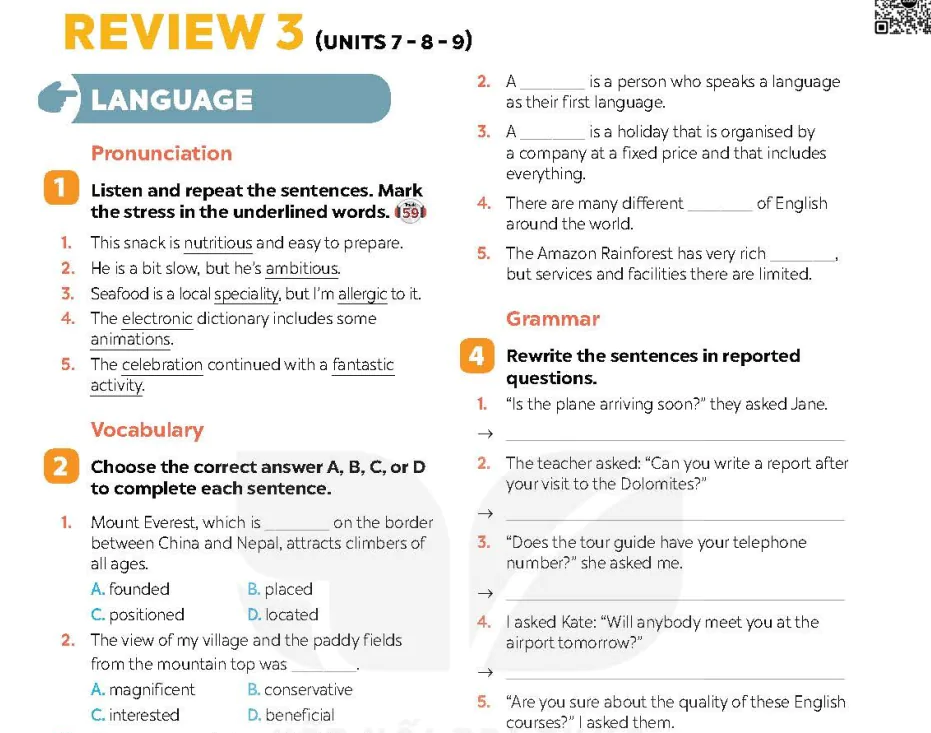
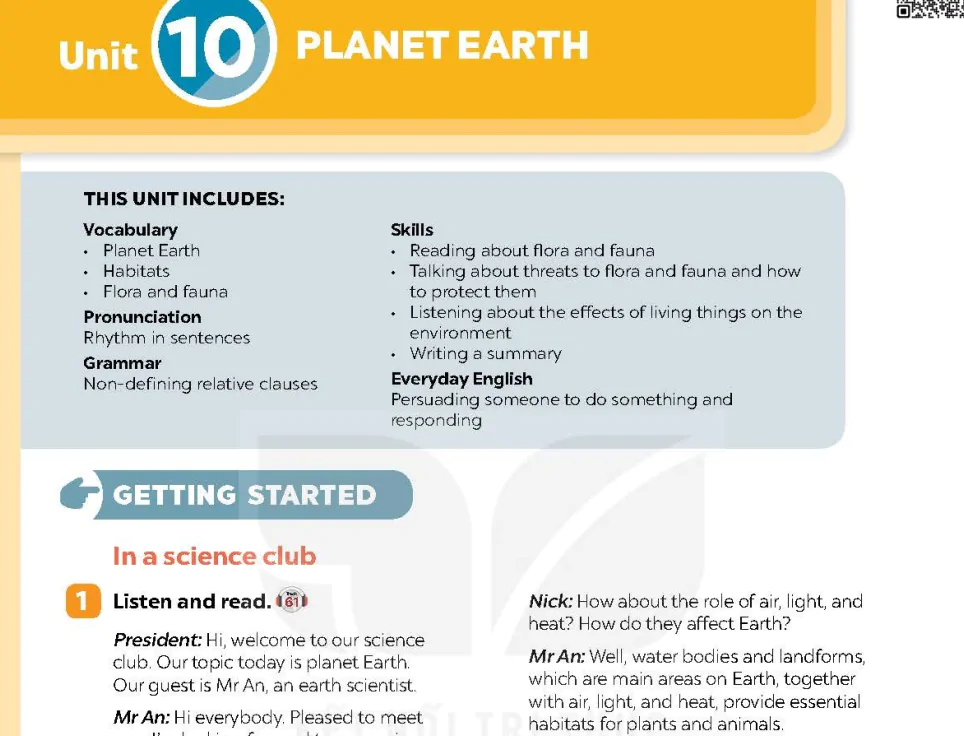



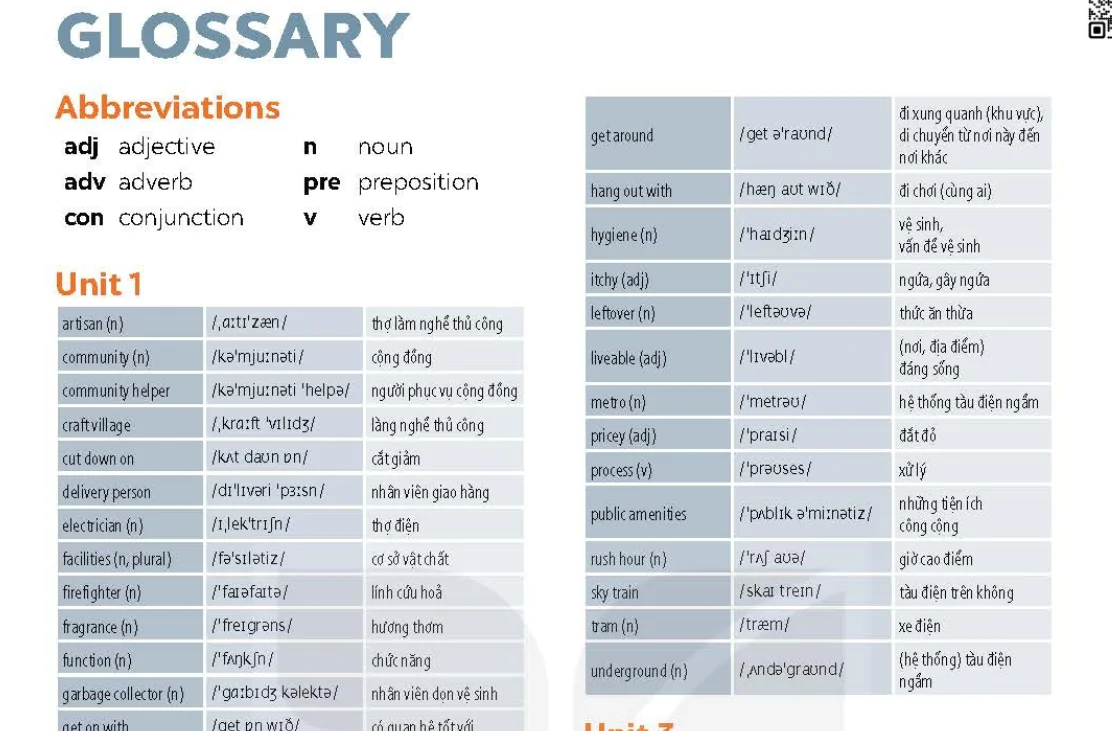


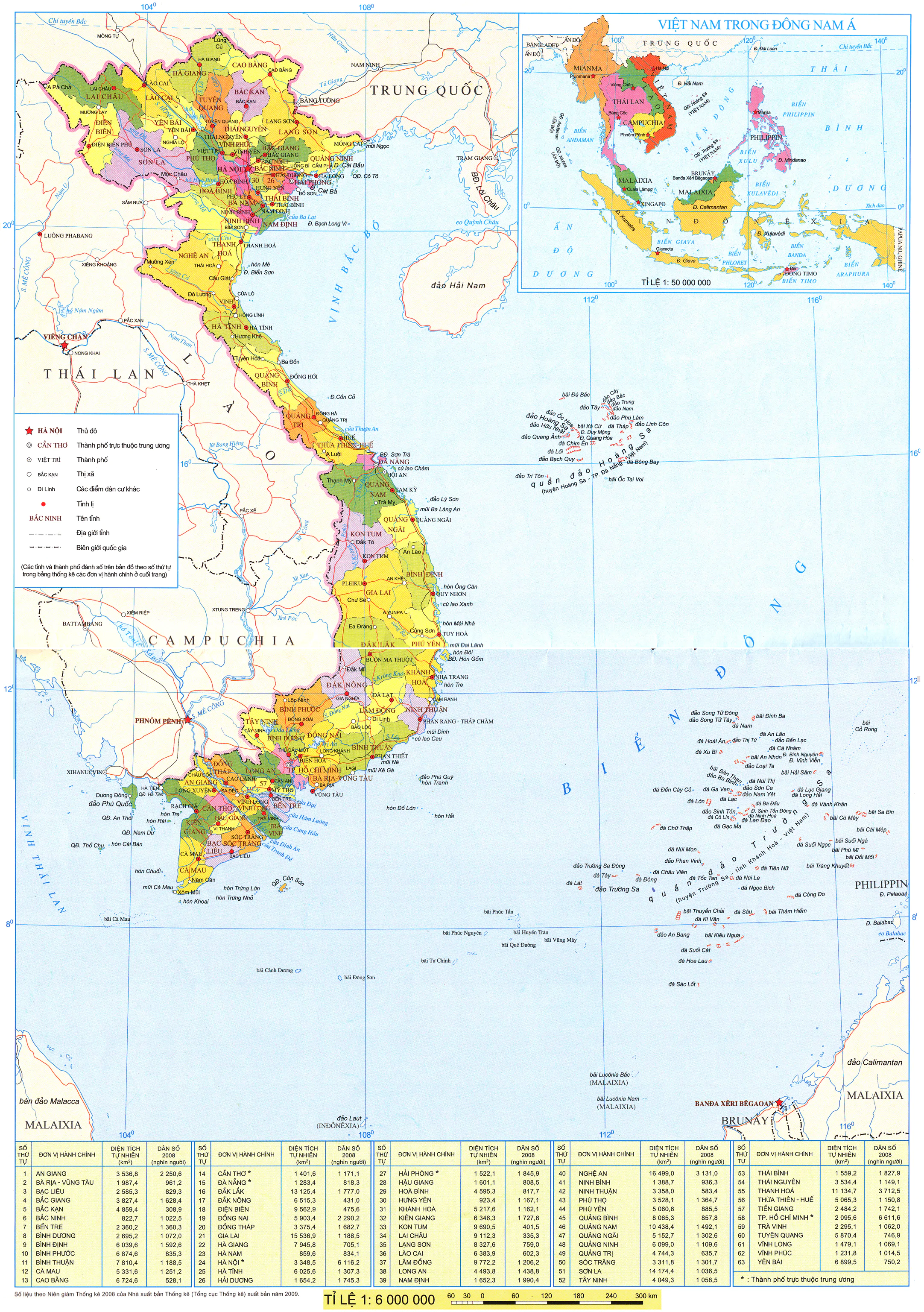
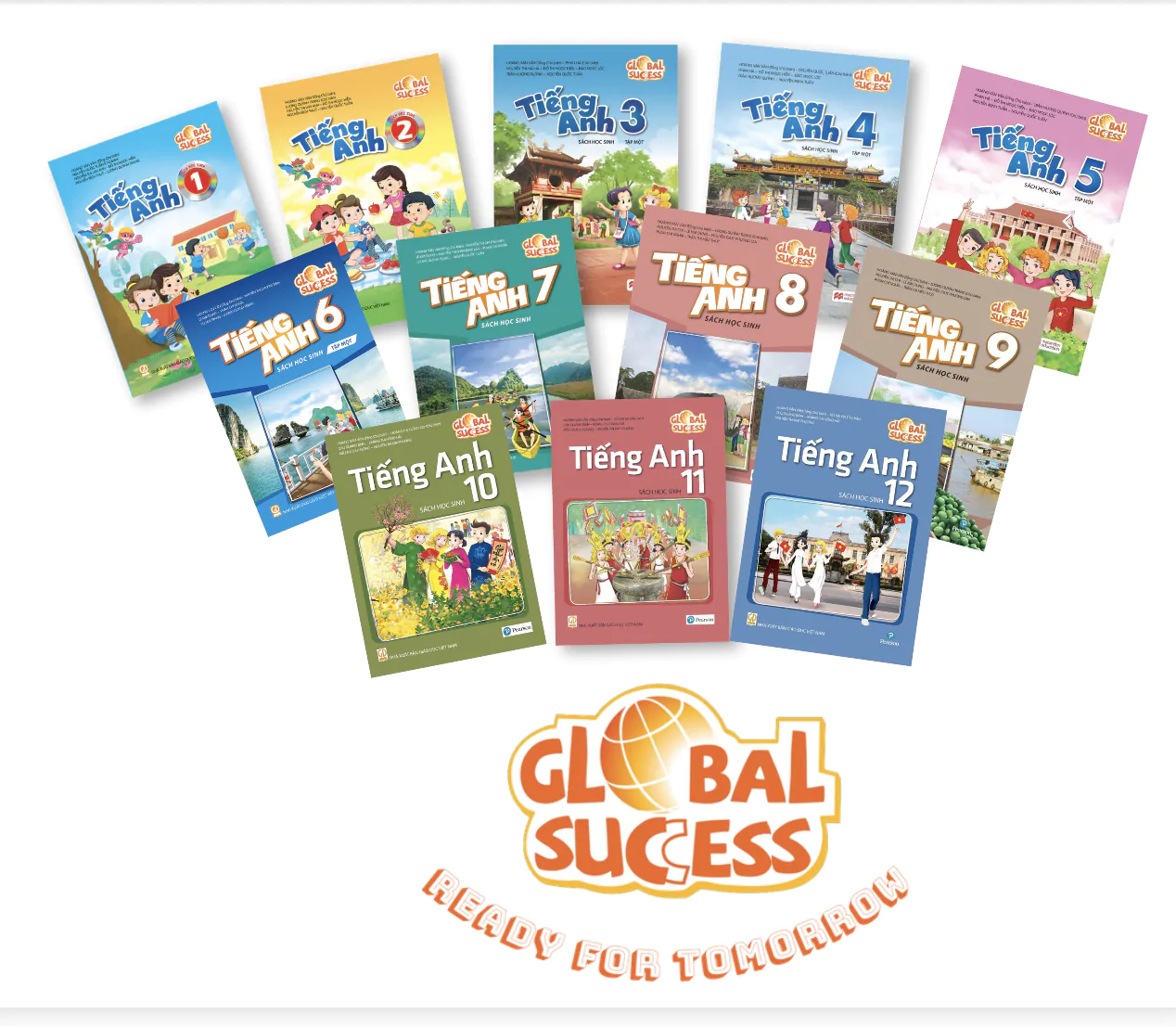















Bình Luận
Để Lại Bình Luận Của Bạn